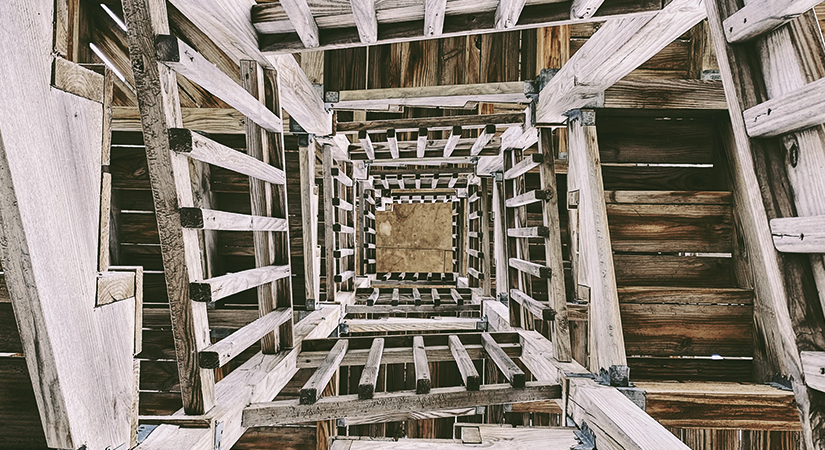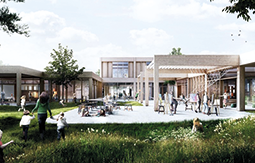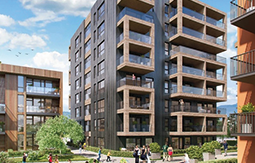



On a global level, construction accounts for approximately 40% of global CO2 emissions. Of these 40%, building materials and construction account for 10% while building operations account for 30% (WorldGBC)
For a long time, there has been a major focus on the energy consumption of buildings, and a general reduction thereof. But a more holistic view of the environmental impact of buildings is necessary if we are to create more sustainable and healthy buildings. In a Scandinavian context, studies have shown that the embodied CO2 in new construction can account for significantly more than the operating energy.
It is, therefore, more urgent than ever that we begin to look at how to reduce the embodied CO2 and hereby the overall environmental footprint of our buildings.
To achieve this goal, we must focus on material choices. To do this we use Life Cycle Assessment tools to assess the environmental impact of a building and the materials of which it is composed.
LCA is a recognized and standardized method of mapping a building’s environmental impact during construction, operation, and demolition, in other words, the entire lifetime of the building.
Municipalities are important actors in promoting the use of wood in construction, many successful projects come from municipalities that have addressed the agenda at the local level. As momentum and regulation grow to reduce the environmental impact of buildings and especially CO2 footprint, life cycle assessments (LCA) has become the most important tool for assessing the environmental impact of building materials and buildings.
Lifecycle assessment of wood is a complex area with many complexities, such as biogenic carbon, that needs to be addressed. Therefore we have created an e-learning course with the purpose to provide municipal actors with concrete knowledge about wooden constructions climate footprint to make informed decisions in planning as well as new construction.
The focus of the course will be on the life cycle analysis, how calculations of the environmental footprint of wood are made, and what points of attention there are around the construction of sustainable wooden buildings. Sign up below.


